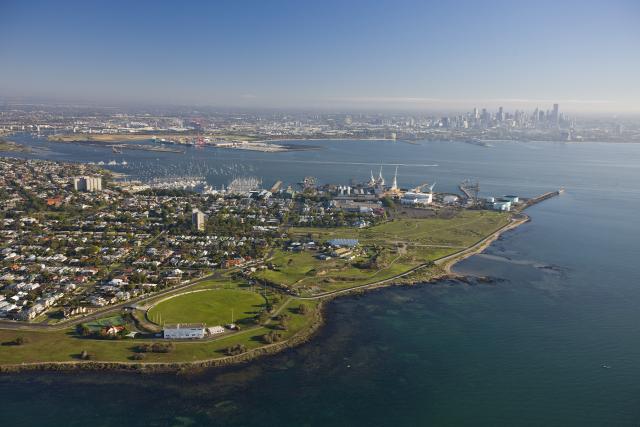
By Matthew Sims
The state government is looking forward to the future of Melbourne’s ports system, with the release of a new 30-year strategy.
Released on Thursday, July 21, the Navigating our Port Futures: The Victorian Commercial Ports Strategy is the result of an independent review of the state’s ports system, which was the most extensive ports reform review process in decades.
Ports and Freight Minister and Williamstown MP Melissa Horne said the document sets out a 30-year framework to ensure an efficient and productive ports system.
“We’re driving the biggest ports reform program in Victoria in decades – with this strategy critical to protect the future of our commercial ports and achieve a sector that’s responsive to market demands,” she said.
“This strategy will ensure our ports operate in an efficient and productive way to support the system, meet the needs of all Victorians and continue to grow our economy.”
The state government is continuing to work closely with the Port of Melbourne to support the growth of the port and meet market needs.
Improvements at the port include on-dock rail infrastructure at Swanson Dock linking the Port Rail Shuttle Network, shifting more of the metropolitan freight task onto rail and taking thousands more trucks off local roads.
The strategy follow on from a number of key changes implemented following the review in 2021, including establishing Ports Victoria, which combined the Victorian Regional Channels Authority and Victorian Ports Corporation Melbourne.
The majority of actions to support the objectives laid out in the strategy have an implementation timeframe of up to two, three or five years and will be reviewed and updated every five years to ensure they continue to service Victoria’s growing needs.
About $26 billion of locally produced and manufactured exports pass through Victoria’s commercial ports annually, handling close to a quarter of Australia’s total food and fibre exports.







